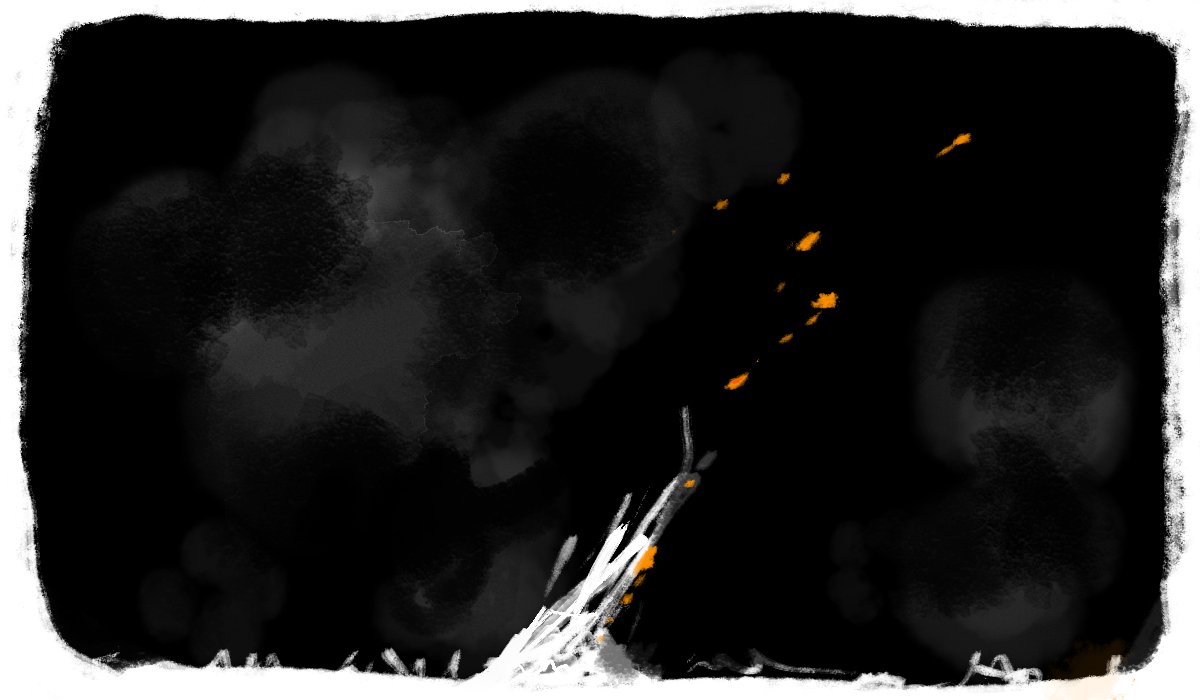The Cremation Process:
Standard vs. Open-air Cremation
Cremation is an increasingly chosen method of final disposition for many people. As a deeply personal and meaningful decision, it is essential to have a clear understanding of the cremation process.
In this guide, we will explore the various steps involved in cremation, providing you with valuable insights and knowledge to help you navigate this important choice with confidence and clarity. We will also give you comparisons of the standard cremation process and Northern Pyre’s open-air cremation. Please keep in mind that individual crematoriums may not follow these exact steps, but the outline should be the same.
Any legal method of body disposal comes with strong industry regulations and experienced individuals. We encourage you to choose the method that’s right for you.
I: Arrival of the Body
-
The body is brought to the cremation facility in a casket or container. The container will be cremated along with the body, which will not be removed from it. The body may or may not be embalmed, depending on the person’s wishes.
-
The body is brought to the site in a casket or container. The container will be cremated along with the body, which will not be removed from it. The body cannot be embalmed.
II: Identification and Preparation
-
The body is identified, logged, and registered according to internal procedures. Storage facilities may be used to house the body if multiple daily cremations are done.
-
The body will be received and logged, along with necessary documentation like the cremation authorization form, death certificate, and any shipping forms. Northern Pyre will not have a storage facility.
III: Placement in the Crematory Chamber
-
The cremation retort is inspected, prepped, and preheated. The casket/container is loaded into the cremation unit.
-
The body will be placed in a four-sided open-topped chamber made of concrete or similar materials, between two layers of wood. No matter the cremation stage, the body will be hidden.
IV: Cremation Process
-
Crematoriums use fuel like propane or natural gas to aid combustion. Depending on factors like weight, size, and age, cremation can last from 45 minutes to two hours.
-
Wood will be used as fuel. The process will take around two hours.
V: Cooldown and Ash Recovery
-
Cremated remains are either recovered manually (with a rake or hoe) or automatically (with a vacuum). The remains are processed and ground down into a fine white/gray ash.
-
Cooldown will take several more hours. The remains will be gathered manually and processed with the same equipment found in a crematorium.
VI: Identification and Certification
-
A metal tag is cremated with the body to ensure that the remains are returned to their loved ones. The remains are placed in a plastic bag and secured. A cremation certificate and label are included with the container.
-
Given the infrequency of cremation and observation of the process, authentication of the remains may not be necessary. However, we will adhere to the community requirements for peace of mind.
VII: Final Placement Options
-
The loved ones retrieve the remains and can choose to keep them, bury them, or scatter them, depending on the wishes of the deceased.
-
The loved ones retrieve the remains and can choose to keep them, bury them, or scatter them, depending on the wishes of the deceased.
VIII: Memorialization and Remembrance
-
The crematorium is usually not involved in a memorial service.
-
Northern Pyre hopes to provide a space for memorial services to be held. Every person who is cremated on our pyre will be recorded and remembered onsite.









